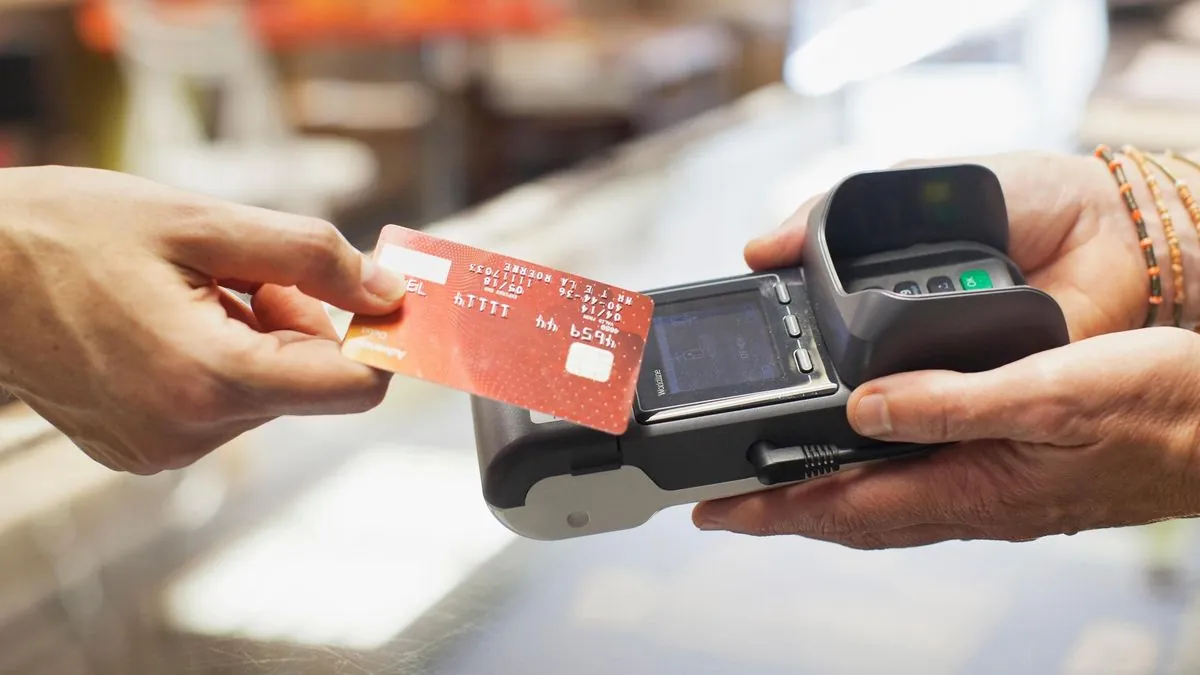UK Cash Usage Hits Record Low, But Some Still Rely on Physical Currency
British cash transactions drop to 12%, yet 1.5 million adults primarily use cash. Debit cards dominate with 51% of payments, while contactless methods gain popularity.

In a significant shift in payment habits, UK Finance reports that cash transactions in Britain have plummeted to a mere 12% of all payments in 2023, marking a historic low. This decline reflects a broader trend away from physical currency, accelerated by the COVID-19 pandemic and the increasing accessibility of digital payment methods.
Despite this downward trajectory, cash remains the second most common payment method in the UK. Jana Mackintosh, managing director for payments at UK Finance, emphasizes that Britain is not on a path to becoming a cashless society. Projections suggest that cash will still account for 6% of transactions by 2033, indicating its continued relevance in the financial landscape.
The shift away from cash is part of a longer-term trend. A decade ago, cash dominated more than half of all transactions. Now, debit cards have taken the lead, accounting for 51% of payments in 2023. This change aligns with the UK's reputation for having one of the highest adoption rates of contactless payments globally.

Interestingly, while overall cash usage has declined, there has been a notable increase in the number of individuals primarily using cash for day-to-day expenses. Approximately 1.5 million adults, or 2.6% of the population, fall into this category. This figure represents a significant jump from 0.9 million in 2022 and is the highest since 2019. These cash users tend to be from lower-income groups and often use physical currency as a budgeting tool.
The rise of contactless payments has been particularly striking. About 60% of card payments in the UK are now contactless, and 42% of British adults were registered for mobile phone contactless payments like Apple Pay or Google Pay in 2023, up from 30% in 2022. This rapid adoption is part of a broader trend in digital finance innovation in the UK.
"Cash is still the second most frequently used method of payment in the UK, although we are using it less and more people are leading largely cashless lives."
The UK's journey towards digital payments is part of a global trend, albeit with regional variations. In the United States, cash usage dropped from 31% in 2016 to 16% in 2023. Meanwhile, the eurozone shows a different picture, with cash still used for 59% of face-to-face transactions in 2022.
As the UK continues to evolve its payment landscape, it's worth noting some interesting facts about its financial history. The pound sterling, for instance, is the world's oldest currency still in use, dating back to Anglo-Saxon times. The UK also introduced polymer banknotes in 2016, starting with the £5 note, as part of its ongoing efforts to modernize currency.
The shift towards digital payments in the UK is not just about convenience; it's also about innovation and regulation. The UK introduced Open Banking regulations in 2018, allowing third-party access to banking data with customer consent, further facilitating the growth of digital financial services.
As we look to the future, the balance between digital convenience and the need for cash accessibility remains a key consideration in shaping Britain's financial landscape.


































